Retro Replay Review
Gameplay
Moonrider delivers a fast-paced arcade experience that demands quick reflexes and careful planning. From the moment you blast off onto the lunar surface, you’re tasked with navigating a treacherous landscape of craters and jagged rocks. Precise timing is crucial: you’ll need to accelerate over wide gaps, brake to avoid rolling into pits, and use your missile launcher to clear obstructive boulders that block your path. The core loop of jump, shoot, and dodge keeps the action tight and engaging throughout each level.
(HEY YOU!! We hope you enjoy! We try not to run ads. So basically, this is a very expensive hobby running this site. Please consider joining us for updates, forums, and more. Network w/ us to make some cash or friends while retro gaming, and you can win some free retro games for posting. Okay, carry on 👍)
The inclusion of aerial alien threats adds an extra layer of intensity. One alien craft hovers above, lobbing energy bolts in your direction, while another swoops in to drop bombs ahead of your buggy. This dual threat forces you to constantly scan both the ground and the sky, making split-second decisions about when to fire your weapons or focus on steering around hazards. Misjudge a shot or miss a jump, and you’ll find yourself back at the last restore point—an old-school checkpoint system that rewards mastery but can feel punishing during trial-and-error runs.
Despite its simplicity, Moonrider’s progression curve is well-balanced. Early levels ease you in with gentle slopes and sparse obstacles, giving you time to familiarize yourself with your buggy’s handling. As you venture deeper into the game, the frequency of craters and enemy fire ramps up, challenging you to string together longer combos of jumps and rocket blasts without a single mistake. Each completed stage brings a real sense of accomplishment, especially when you clear a particularly dense section of rocks and hostile spacecraft.
Graphics
Moonrider’s visual style leans into retro pixel art, evoking classic 8- and 16-bit era titles while still feeling crisp on modern screens. The lunar terrain is rendered in varying shades of gray and blue, with subtle texture work to simulate moon dust and rocky outcroppings. Craters have depth shading that gives them a believable three-dimensional feel, making jumps and landings feel weighty and impactful.
The moon buggy itself is a standout asset, featuring detailed wheel treads, glowing headlights, and an animated exhaust trail that responds to your acceleration. Enemy aliens are cleverly designed: one craft has pulsing energy cores that charge before firing, and the bomb-dropping ship rocks slightly as it drops ordnance, adding personality to each encounter. Explosions and projectile effects pop against the dark backdrop, providing clear visual feedback when you score a hit or take damage.
Background elements, such as distant Earthrise and faint star fields, lend atmospheric depth to each stage. Parallax scrolling is used sparingly but effectively, creating a sense of forward momentum as you race across the surface. While the color palette remains limited to maintain a cohesive lunar aesthetic, occasional bursts of color—like orange bomb blasts or green alien lasers—break up the monotony and highlight key gameplay events.
Story
Moonrider keeps its narrative lean, placing you in the role of a lone lunar explorer tasked with charting the moon’s uncharted regions. The mission objective is simple: drive your moon buggy across increasingly hazardous terrain to fulfill scientific and reconnaissance goals. This straightforward premise allows the gameplay to take center stage without bogging players down in exposition.
Aliens are presented as an aggressive, unknown species defending their territory against intruders. While little is revealed about their origins or motivations, their relentless attacks provide enough context to justify the rising difficulty and convey a sense of urgency. Each level you complete feels like a small victory in the larger struggle to conquer the lunar frontier.
Though there’s no in-game dialogue or cutscenes, Moonrider weaves its story through level design and environmental cues. Abandoned lunar outposts, scattered sensor arrays, and periodic data logs hint at a broader backstory—one of scientific ambition clashing with extraterrestrial resistance. For players who enjoy piecing together lore from visual details, these subtle storytelling elements add an extra layer of intrigue.
Overall Experience
Moonrider offers a thrilling blend of precision driving and shoot ’em up action that harkens back to the golden age of arcade gaming. Its core mechanics are immediately accessible yet deep enough to reward skill development, making it an ideal choice for both casual players and hardcore enthusiasts seeking tight, repeatable challenges. The checkpoint system, while occasionally unforgiving, ensures that each failure feels like a learning opportunity rather than a cheap setback.
The audiovisual presentation complements the gameplay beautifully. Crisp pixel art and dynamic effects keep you engaged visually, while a pulsing, synth-driven soundtrack sets an adrenaline-pumping tone. Sound effects are punchy and clear, offering satisfying audio cues for successful jumps, explosions, and near-misses. Together, these elements create an immersive experience that pulls you into the lonely expanse of the moon’s surface.
Ultimately, Moonrider is a focused, no-frills action title that excels at what it sets out to do. It doesn’t overpromise with sprawling open worlds or complex story arcs, but rather delivers a tight, replayable game loop centered on improving your run times and clearing obstacles with finesse. For anyone seeking a nostalgic yet fresh take on lunar racing and aerial combat, Moonrider is well worth the ride.
 Retro Replay Retro Replay gaming reviews, news, emulation, geek stuff and more!
Retro Replay Retro Replay gaming reviews, news, emulation, geek stuff and more!
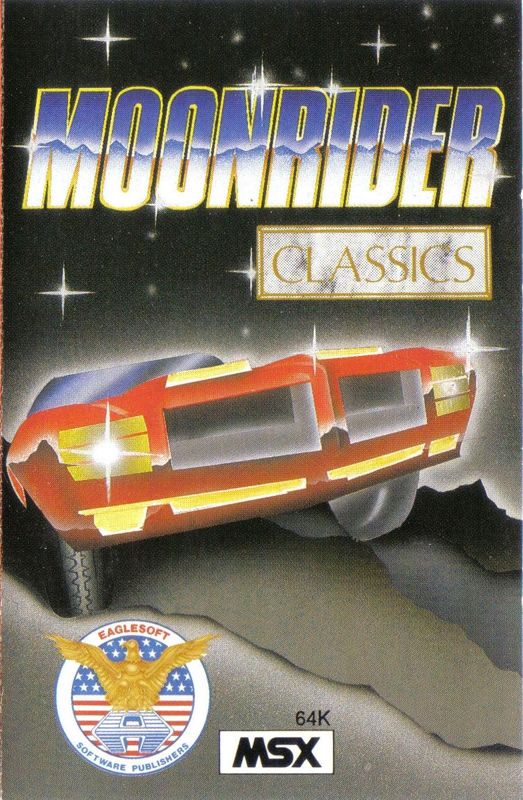
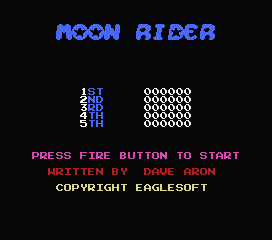
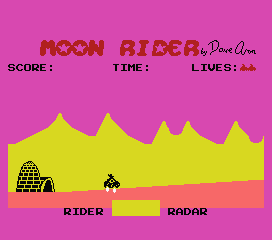
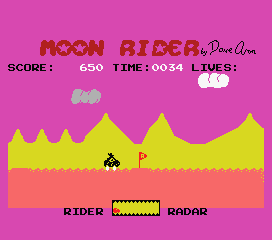
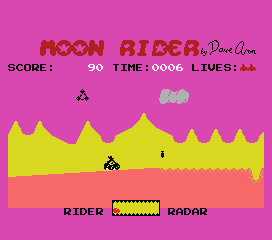
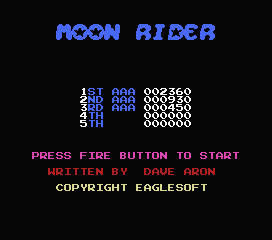

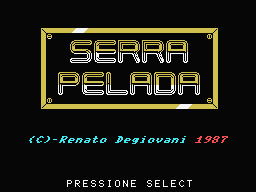

Reviews
There are no reviews yet.